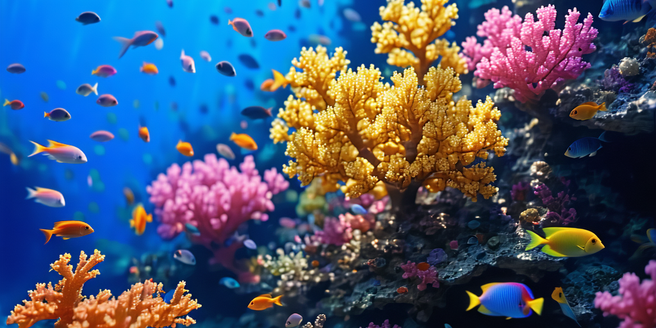Environmental Conservation Grants

Understanding the Importance of Environmental Conservation Grants
Environmental conservation grants are crucial for maintaining biodiversity and protecting natural resources. These grants provide the necessary funding for projects aimed at preserving ecosystems, rehabilitating damaged environments, and implementing sustainable practices. By supporting conservation initiatives, these financial aids help mitigate the impacts of climate change, prevent habitat loss, and safeguard endangered species. The allocation of funds to conservation projects not only preserves the environment but also enhances the quality of life for communities reliant on natural resources. Understanding the importance of these grants enables organizations and individuals to prioritize environmental protection efforts, fostering global awareness and encouraging sustainable development. With increased awareness and involvement, conservation grants can facilitate significant strides in ecological preservation.
Types of Environmental Conservation Grants Available
There are various types of conservation grants available to support environmental stewardship. Governmental bodies, non-profit organizations, and private institutions offer grants targeting specific areas such as wildlife conservation, habitat restoration, and pollution reduction. For instance, grants may focus on protecting endangered species, conserving water resources, or promoting renewable energy projects. Additionally, community-led initiatives often receive funding to enhance local biodiversity through education and engagement. These grants can be project-specific or provide broader organizational support. By tailoring financial aid to diverse conservation needs, these grants ensure comprehensive protection and support for environmental initiatives. Applicants can leverage these funding opportunities to implement innovative solutions, drive awareness, and foster partnerships, ultimately contributing to the preservation of our planet for future generations.
Eligibility Criteria for Conservation Grants
Eligibility criteria for conservation grants typically vary depending on the funding organization and the focus of the grant. Most grants are available to non-profit organizations, governmental bodies, and educational institutions. However, some private sector entities and individuals may also qualify. Applicants must demonstrate a clear understanding of the environmental challenges they aim to address and present feasible solutions. Grant-makers often require detailed project proposals outlining objectives, methodologies, and projected outcomes. In addition, alignment with the funding organization’s mission and priorities is crucial. Applicants should also highlight their track record in conservation efforts and capacity for successful project implementation. Meeting these criteria enhances the likelihood of securing funding, enabling organizations to drive impactful change and contribute significantly to conservation goals.
How to Apply for Environmental Conservation Grants
Applying for conservation grants involves several critical steps aimed at aligning with the grant-maker’s priorities. Begin by researching potential grant opportunities that match your project goals and environmental objectives. Prepare a comprehensive proposal detailing your project scope, objectives, and anticipated outcomes. Highlight the significance of your project and its alignment with the conservation priorities of the funding organization. Include a detailed budget and timeline to support your proposal’s feasibility. Secure any necessary partnerships or collaborations that will enhance your project’s credibility and success. Tailor each application to meet the specific requirements of the grant, such as specific focus areas or conservation targets. Ensure all documentation is complete and submitted before deadlines to improve your chances of receiving financial support for your conservation initiatives.
Case Studies: Success Stories Through Grants
Numerous environmental initiatives have flourished through the support of conservation grants, demonstrating the profound impact of targeted funding. One successful case is the restoration of wetland ecosystems, where funds were utilized to reestablish native plant species, combat invasive flora, and enhance water quality. Additionally, grants have enabled community-led conservation programs, fostering local stewardship and biodiversity. Another example includes grants supporting wildlife corridors, which have been instrumental in preserving migration routes for endangered species. Through strategic planning and fund utilization, these initiatives have marked significant milestones in habitat protection and wildlife conservation. Sharing these success stories inspires further innovation and participation in conservation efforts, underscoring the transformative power of grants in achieving long-term ecological sustainability.
Future Trends in Environmental Conservation Funding
The landscape of environmental conservation funding is evolving, with emerging trends shaping future investment strategies. Increasingly, there is a shift towards integrated funding approaches that combine public, private, and philanthropic resources to maximize impact. Innovations in technology and data analytics are also influencing funding priorities, with support directed towards projects using cutting-edge solutions to environmental challenges. Collaborative initiatives, involving cross-sector partnerships, are being prioritized to leverage diverse expertise and resources. Furthermore, there is an elevated focus on projects addressing climate resilience, carbon reduction, and sustainable development. As awareness and urgency regarding environmental issues grow, the future of conservation funding will likely involve more transparent, inclusive, and results-driven processes aimed at fostering meaningful and adaptive environmental solutions.